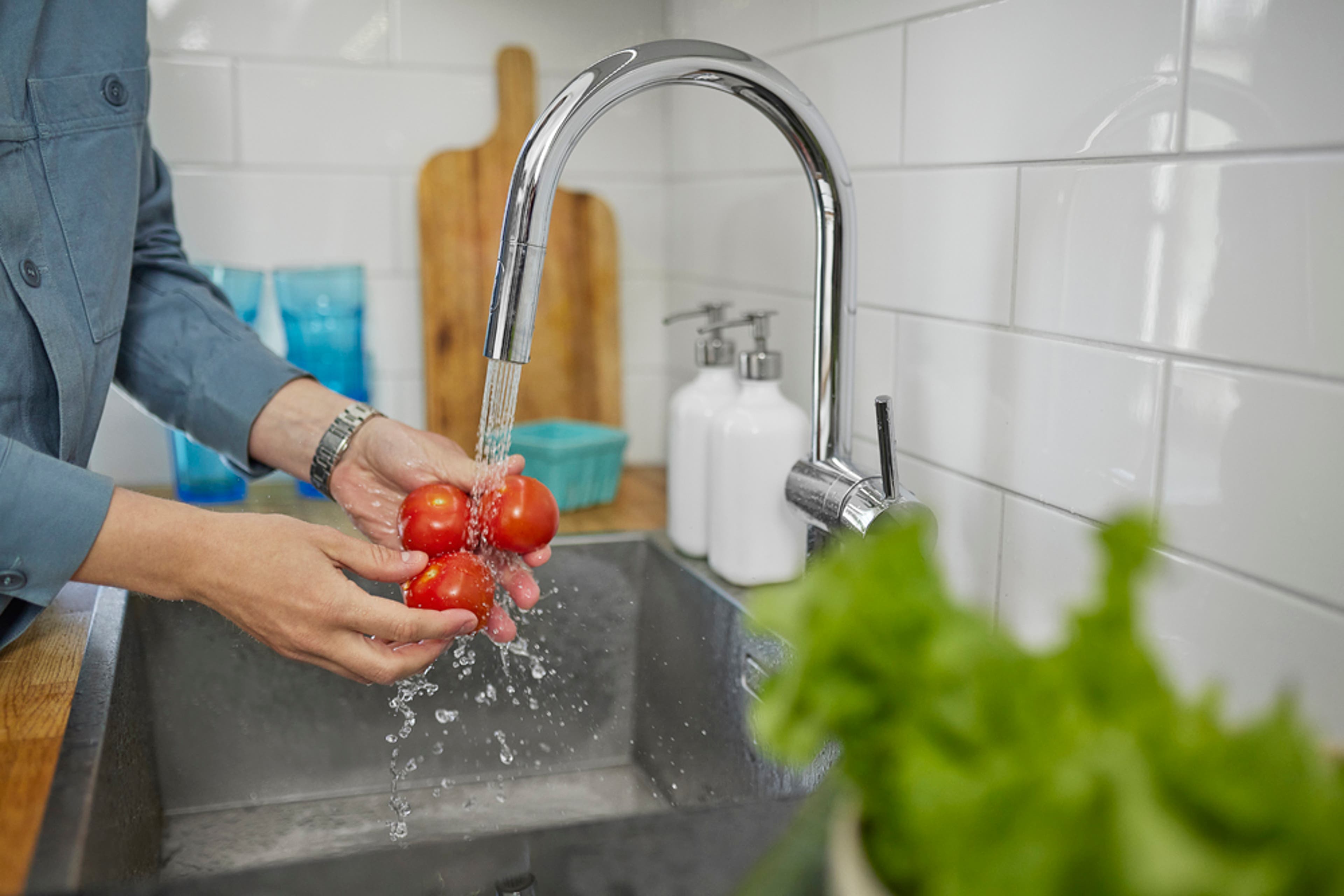Tips on cold water
Potable water in Iceland contains little mineral material in comparison with neighbouring countries. This means that our water is a particularly good thirst-quenching drink.

- The World Water Day is held on 22 March. In Iceland we are fortunate to enjoy pure potable water. Did you know that 783 million people around the planet do not have access to good drinking water?
- On average an individual is made up of 50-65% of water. Infants are normally made up of 75-78% of water.
- The acidity of our cold water, i.e. in the Reykjavik area, varies between 8.75 up to around 9, which is quite high. This is because our water runs through lava fields which are rich in basalt.
- Potable water in Iceland contains little mineral material in comparison with neighbouring countries. This means that our water is a particularly good thirst-quenching drink. Perhaps even the best in the world. But according to the top coffee experts in the country, Icelandic water is not particularly good for brewing because of the low mineral material content. Icelandic coffee producers therefore have to toast coffee beans more than they would normally to compensate for this.
- The origin of our utility activities can be traced back to when the Reykjavik Water utility started operating in 1909. In June of that year, the water supply was turned on from Ellidaár to Reykjavik and in the autumn the pipeline from the Gvendarbrunnur source came into use.
- The productive capacity of the water utility in the Heiðmörk area is 1,650 litres per second when conditions are optimal.
- The Reykjavik Water Utility was the first water utility in Nordic countries to receive certification under the ISO 9001 quality standard.
- Our cold water is a precious resource, which we must protect by every possible means. We place a great deal of emphasis on guaranteeing our customers pure and clear water far into the future.
- Water has no beginning or end in nature; it flows in an eternal cycle.
- Have you checked your pipes recently? Damage due to water leaks are far too common in households and it is therefore important to check your pipes and piping configurations on a regular basis.
- Do you know where the intake for the cold water is in your house? Look into it and see if other members of the household know it too. It needs to be well marked and accessible. Labels can, for example, be found in stores that sell plumbing material.
- It is also important to have a drain on the floor where the intake is.